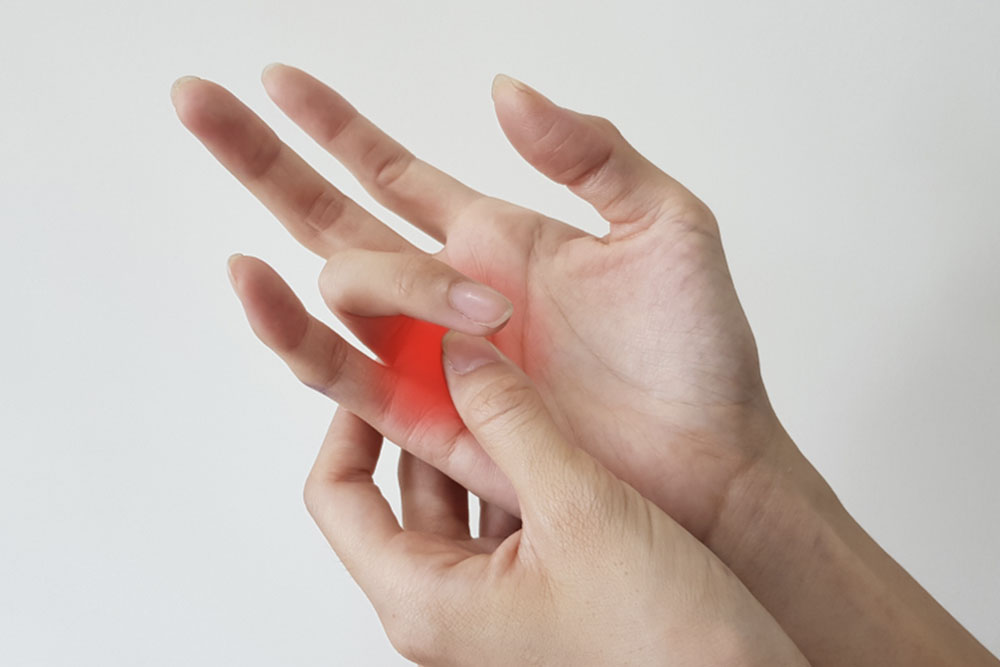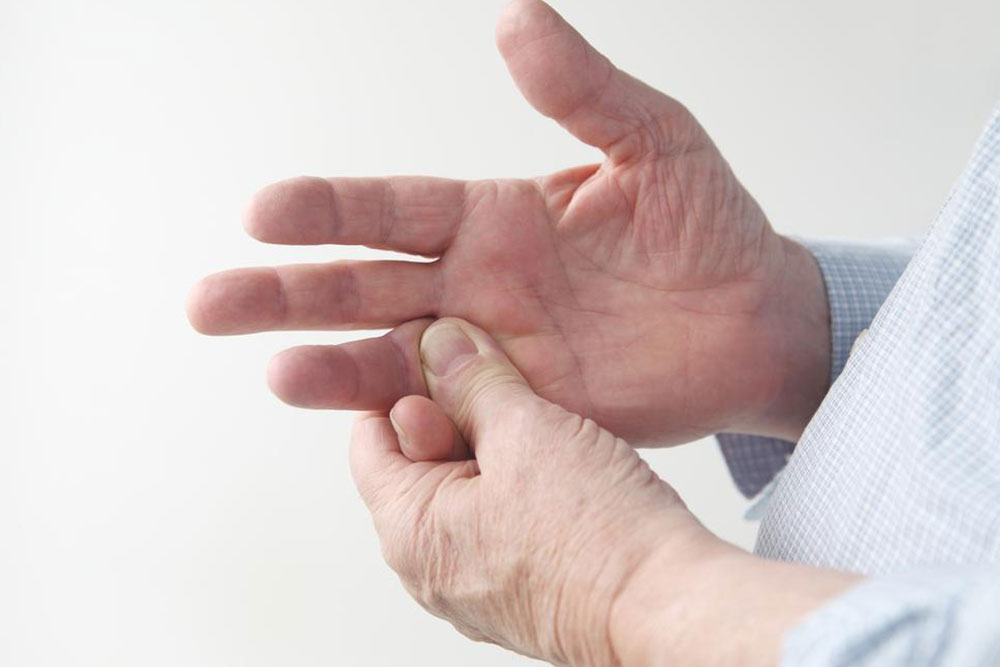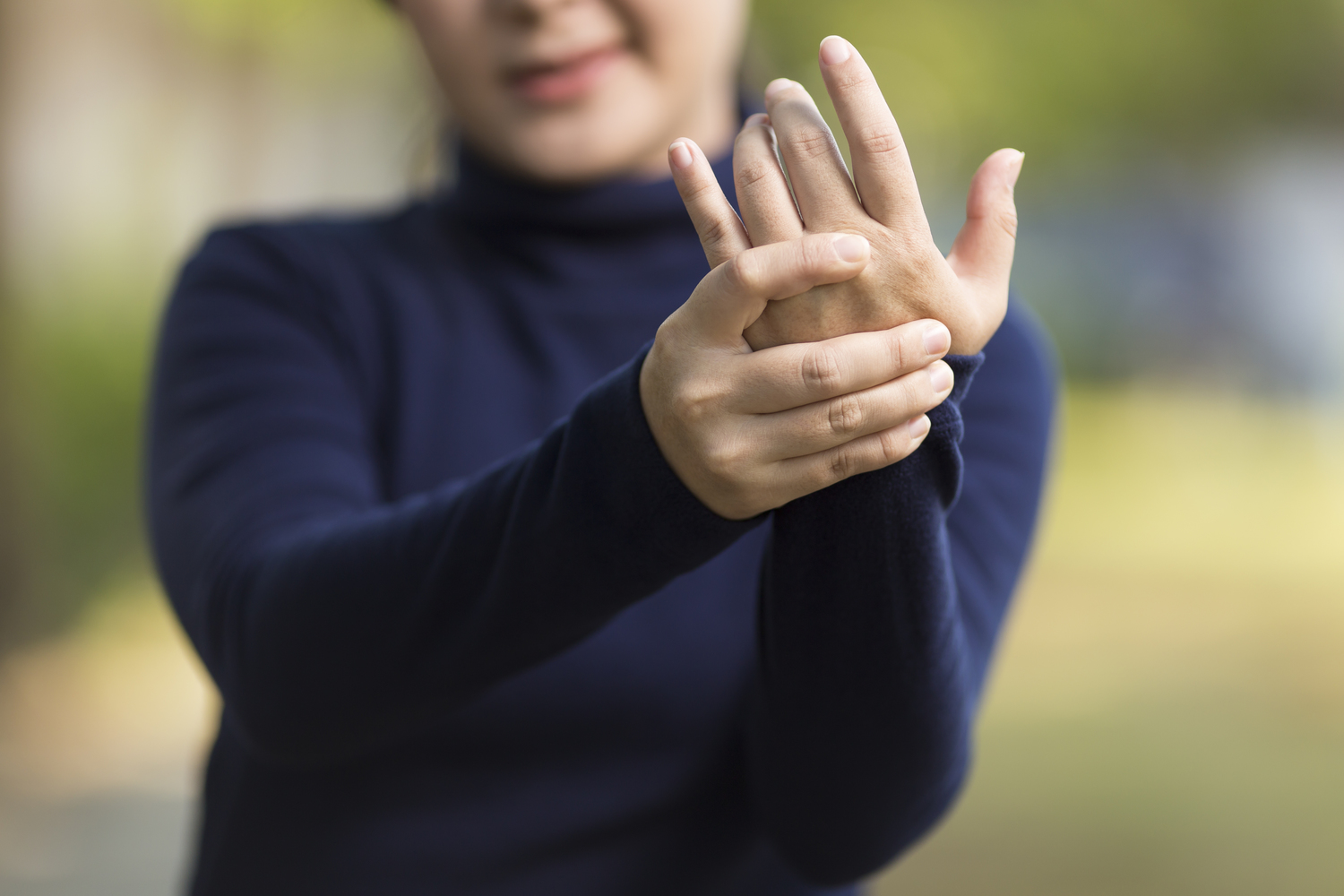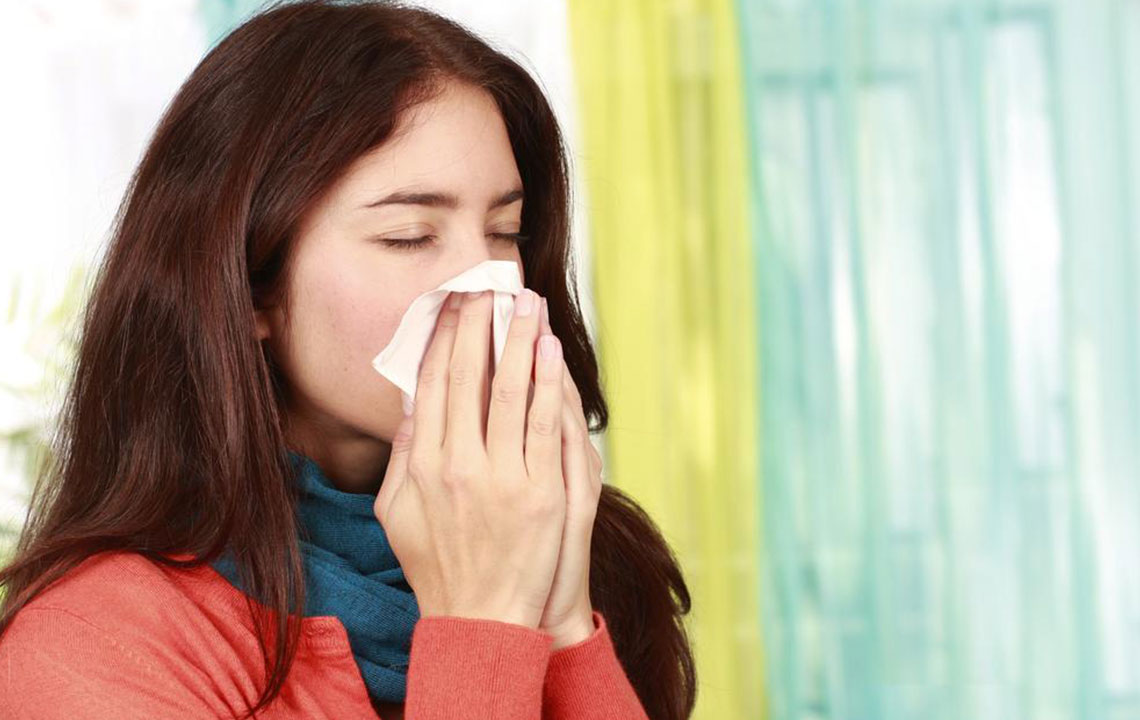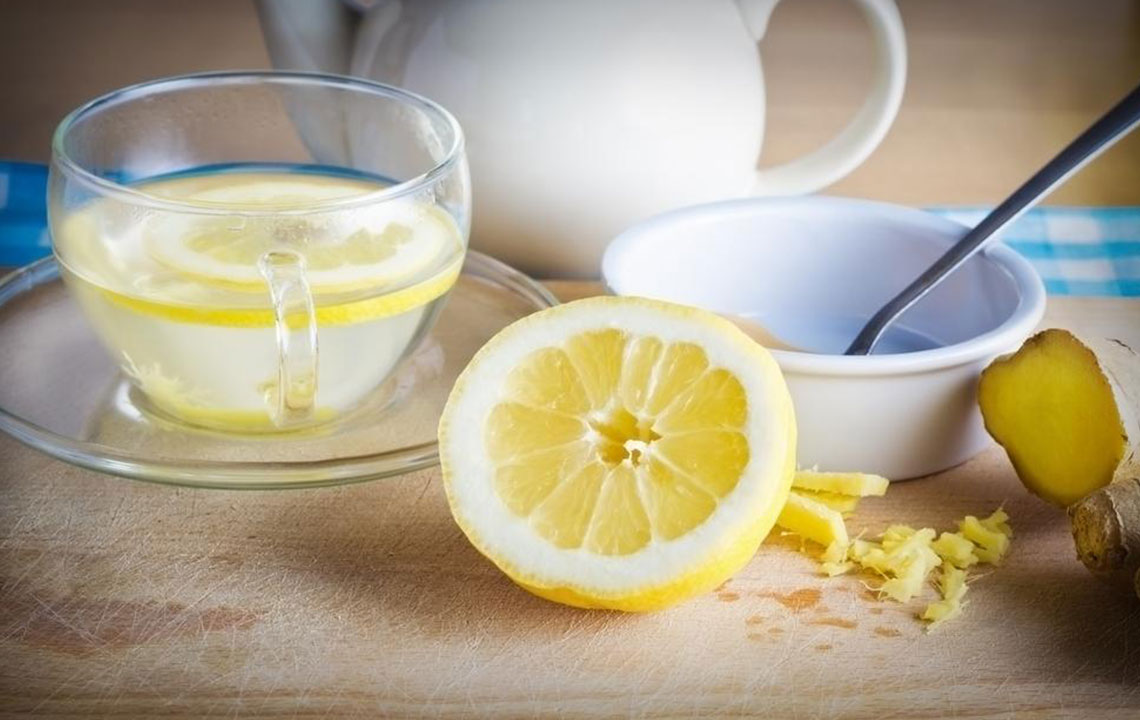Comprehensive Home Care Strategies for Managing Trigger Finger Effectively
This comprehensive guide explores effective home strategies for managing trigger finger, emphasizing rest, thermal therapies, gentle exercises, and lifestyle adjustments. Understanding the condition and applying consistent home care can ease symptoms, promote healing, and prevent severe complications. Early intervention and proper techniques are essential for finger health, with professional medical consultation advised for persistent or worsening symptoms. These practical tips empower individuals to take control of their recovery at home, improving hand mobility and quality of life.
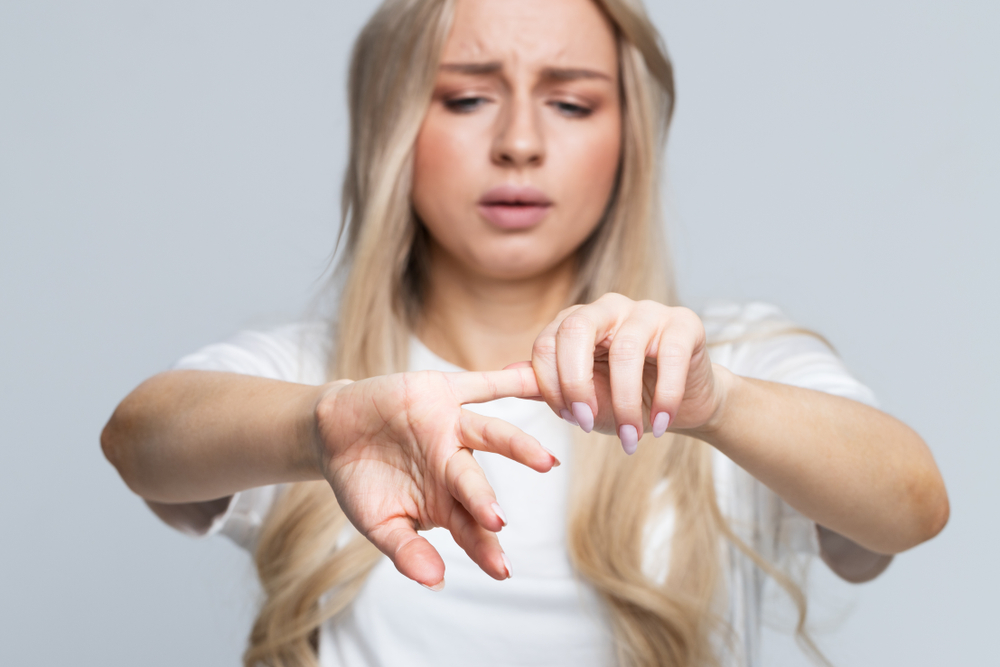
Effective Home-Based Methods to Relieve and Manage Trigger Finger
Trigger finger, medically known as stenosing tenosynovitis, is a common condition that affects many individuals, especially those who engage in repetitive hand movements or experience localized inflammation. It is characterized by a catch or locking sensation in the finger during movement, which can range from mild discomfort to severe locking or inability to straighten the finger. Proper understanding and management at home can significantly alleviate symptoms and prevent progression.
Trigger finger occurs when the sheath surrounding the flexor tendons of the finger becomes inflamed or thickens, narrowing the passage through which the tendons glide during finger movements. This narrowing causes the tendons to catch on the sheath, leading to the hallmark symptoms. Mild cases often resolve with simple home remedies, but severe cases may require medical intervention. Implementing a well-structured home care routine can promote healing, reduce inflammation, and restore finger mobility effectively.
Understanding Trigger Finger and Its Causes
Before diving into home strategies, understanding the causes helps in preventive care. Repetitive gripping, prolonged use of vibrating tools, diabetes, rheumatoid arthritis, and trigger finger injuries can contribute to the condition. Overuse or injury causes the sheath to swell or thicken, impeding smooth movement. Recognizing early symptoms, such as stiffness, clicking, or a catching sensation, allows prompt home management that can prevent worsening.
Key Home Management Techniques for Trigger Finger
Effective self-care involves a combination of rest, topical treatments, gentle exercises, and lifestyle adjustments. These techniques aim to reduce inflammation, promote blood circulation, and keep the tendons flexible, thereby alleviating symptoms and preventing further damage.
Rest and Immobilization
Resting the affected finger is crucial. Limiting movement reduces strain and allows inflammation to subside. Use finger splints, especially at night or during rest periods, to immobilize and stabilize the finger, preventing involuntary or exaggerated movements that could worsen the condition. It is recommended to avoid repetitive gripping activities until symptom relief is achieved. Resting can span several weeks depending on severity, but consistency is key to effective recovery.
Application of Heat and Cold Therapy
Alternating cold and warm compresses can significantly reduce inflammation and promote healing. Cold packs applied in the initial inflammatory stage help numb pain and decrease swelling. Warm compresses or soaking in warm water relaxes the tendons and improves blood flow, enhancing nutrient delivery to the affected tissues. A recommended approach is to apply cold packs for 15-20 minutes, followed by warm soaks for the same duration, several times a day for optimal results.
Gentle Stretching and Tendon Gliding Exercises
Engaging in gentle, non-painful stretching exercises daily can improve tendon mobility and reduce stiffness. Tendon gliding exercises involve moving the fingers through specific positions to promote tendons' smooth gliding within their sheaths. These exercises help maintain finger flexibility and prevent adhesions. Performing these exercises regularly, under guidance if necessary, fosters recovery and reduces the risk of recurrence.
Massage and Circulation Enhancement
Massaging the affected finger with warm oils, such as coconut or sesame oil, can stimulate blood circulation, reduce stiffness, and soothe inflammation. Gentle massage also promotes relaxation of the muscles and tendons around the joint, easing discomfort. Incorporating massage into a daily routine complements other therapies and enhances overall symptom relief.
Dietary and Lifestyle Adjustments
Adopting anti-inflammatory diets rich in omega-3 fatty acids, antioxidants, and vitamins can support healing. Hydration and maintaining a healthy weight reduce stress on the joints and tendons. Avoiding excessive repetitive movements and ergonomic practices in daily tasks can prevent trigger finger progression. Proper hand ergonomics, avoiding prolonged gripping with high force, and taking frequent breaks during repetitive activities are essential preventive strategies.
When to Seek Medical Intervention
While home remedies are effective in early or mild cases, it is important to monitor symptoms. If inflammation, warmth, swelling, numbness, or if the finger remains stuck in a bent position despite home care, consulting a healthcare professional is essential. Medical intervention options include corticosteroid injections, physical therapy, or surgical procedures such as sheath release to permanently resolve severe cases.
Summary: Emphasizing Consistency and Precaution
Consistent application of the above home management strategies can significantly improve trigger finger symptoms and enhance quality of life. Early intervention at home can prevent progression and reduce the need for surgical procedures. People experiencing symptoms should prioritize rest, apply thermal therapies, perform gentle exercises, and regulate daily activities to maintain finger health. Remember, prompt medical consultation when symptoms worsen or persist ensures appropriate treatment and long-term relief.
Allow ample rest for affected fingers to reduce inflammation
Apply cold and warm compresses alternately to manage swelling and promote circulation
Engage in daily gentle stretching and tendon gliding exercises to restore mobility
Massage with warm oils to boost blood flow and soothe tissues
Maintain ergonomic habits and dietary adjustments for overall tendon health
